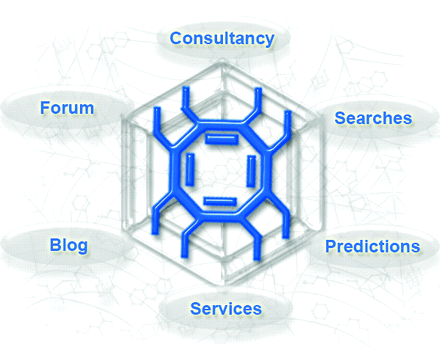Sites of interest on the World Wide Web
WormBase

The miniscule nematode Caenohabditis elegans has been used as a powerful tool in the study of genetics and has become useful as a model for drug discovery. Recently, studies in the worm have been fruitful in better understanding Parkinson’s disease. The numerous publications and massive amount of data that genetic studies generate has been catalogued with the support of a grant from the National Human Genome Research Institute (www.genome.gov) and the British Medical Research Council (www.mrc.ac.uk/index.htm). The database, located at www.wormbase.org contains information on worm genetic strains, worm reagents, literature and the ability to search the database using any number of queries from gene name to expression pattern to SNPs to phenotypes. Perhaps most interesting is the “worm mart,” category, that allows the user to examine a gene function, ontology, homology, genome location and expression pattern in one easy to understand page-view, along with relevant references cited. The WormBase contains a vast amount of data, and is undoubtedly very useful for those interested in using these miniscule genetic super-worms for their research goals.



NIH Policy Changes

The NIH has undertaken some major changes in the past years that affect electronic submissions and grant submission requirements. Recently, the NIH has made additional changes, such as the elimination of the “A2” submission for R01 award applications, the identification of New Investigators, and study section tenures. Additional changes appear to be on the horizon, and it is important to keep updated on new developments. Although some of the information is scattered throughout the Webiste, most information can be accessed under the page entitled Enhancing Peer Review at NIH (enhancing-peer-review. nih.gov/updates.html).
ChemSpider: Weaving Chemical Information into the Web

A number of Websites have emerged that provide easy access to chemical information. While large public databases such as PubChem (www.pubchem.gov) have an advantage of large numbers of indexed compounds, other sites provide a different user experience, utilizing mixed media and formats to provide a rich resource. The ChemSpider Website (www.chemspider.com) offers science news blogs, chemistry information forums for user to interact, as well as structure searches and chemical-property prediction calculators. ChemSpider provides rich content, a good search engine, and timely chemistry news.
Folding@home: Distributed Computing

Distributed computing in its current form is basically the use of “idle” computer cycles to chip away at difficult computational problems, with small packets of data downloaded and analyzed by a network of computers. Perhaps the earliest version of this with the advent of the widespread use of the internet was by SETI, the Search for Extraterrestrial Intelligence, which distributed radio telescope data to home users for their software analyze when their PC wasn’t being otherwise utilized. The Pande Group at Stanford University launched (in 2000) an effort called Folding@home (folding.stanford.edu) that uses distributed computing to solve difficult protein folding calculations. To date, there have been over sixty publications resulting from this distributed computing effort. The philosophy of “pitching in” unused processor cycles to solve difficult scientific problems is an interesting way to help advance science, by using the computer you already have “just sitting around.”

- © American Society for Pharmacology and Experimental Theraputics 2008



